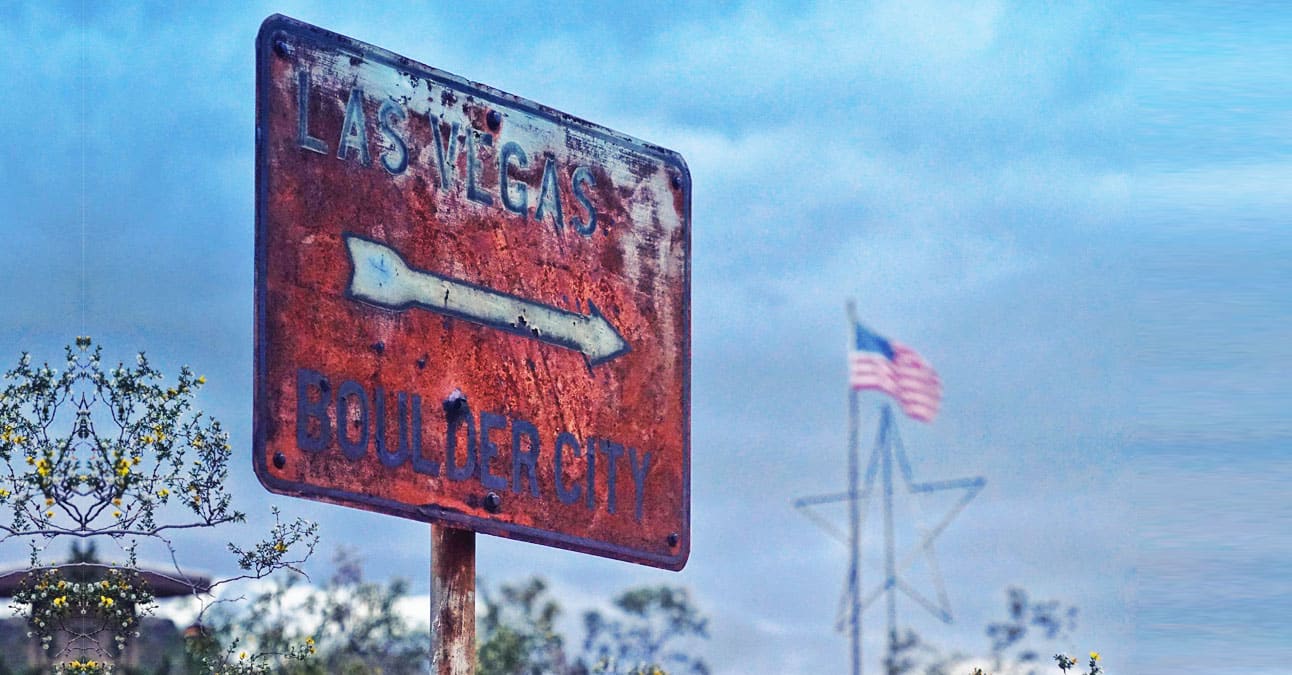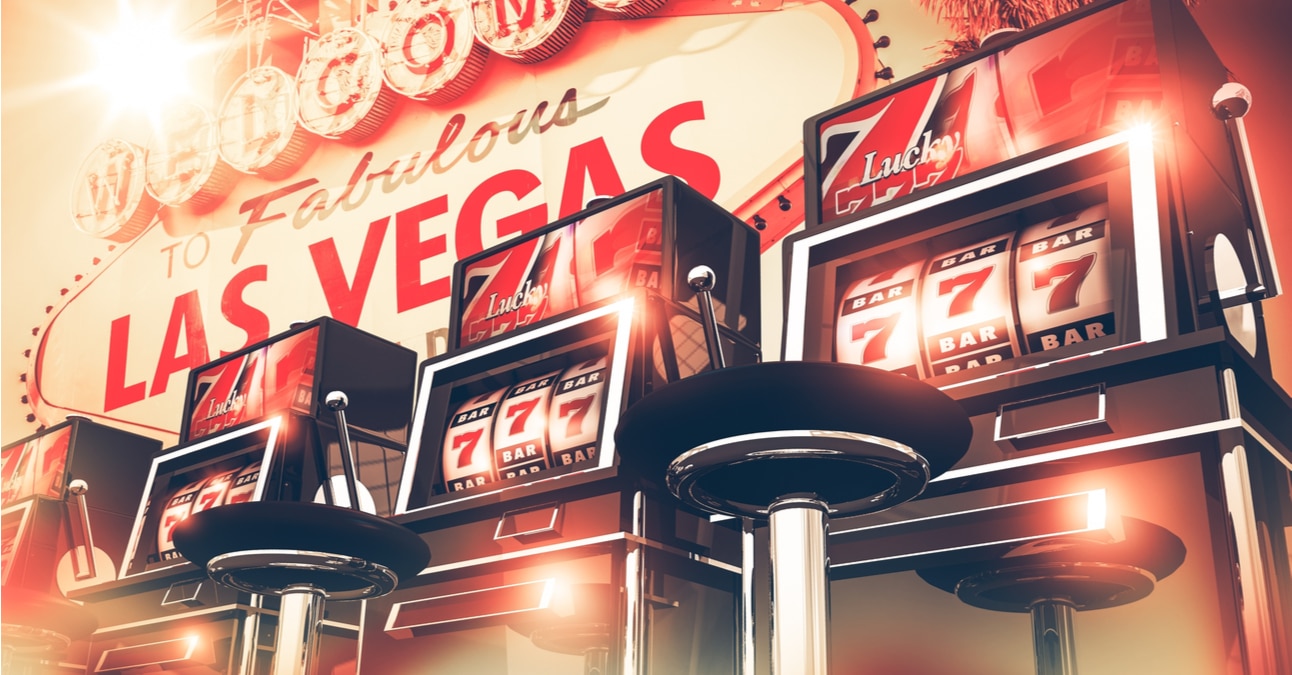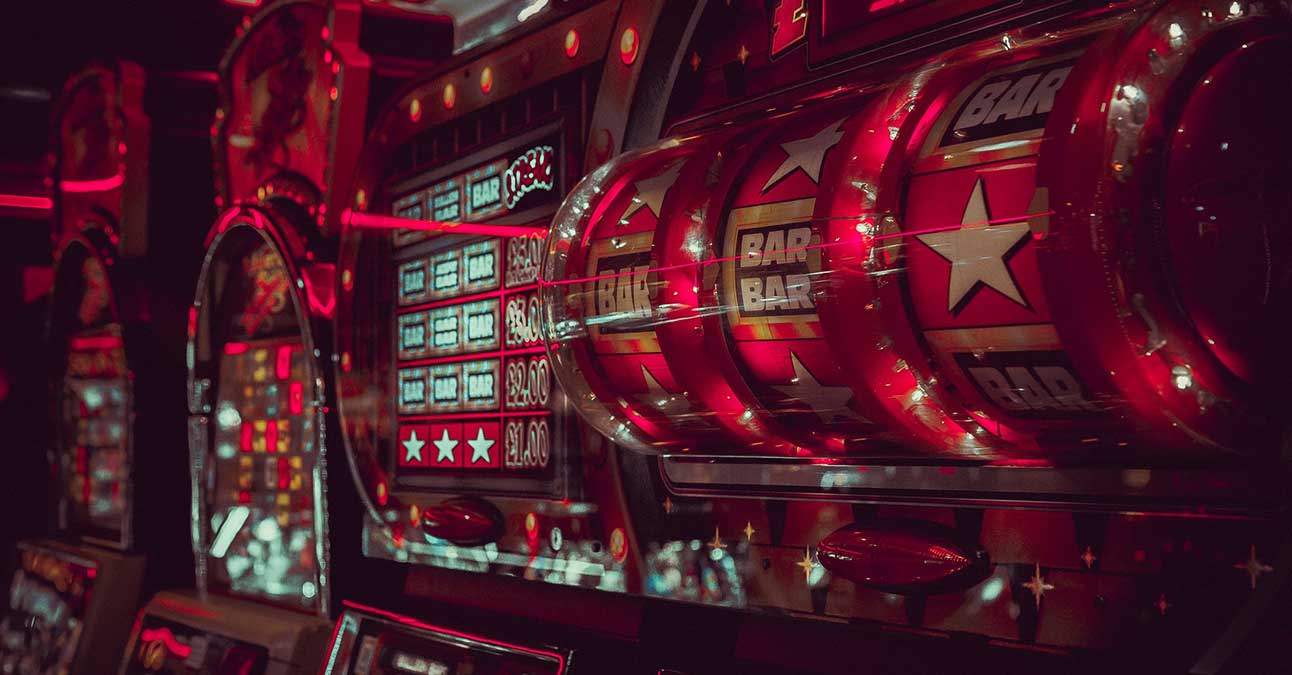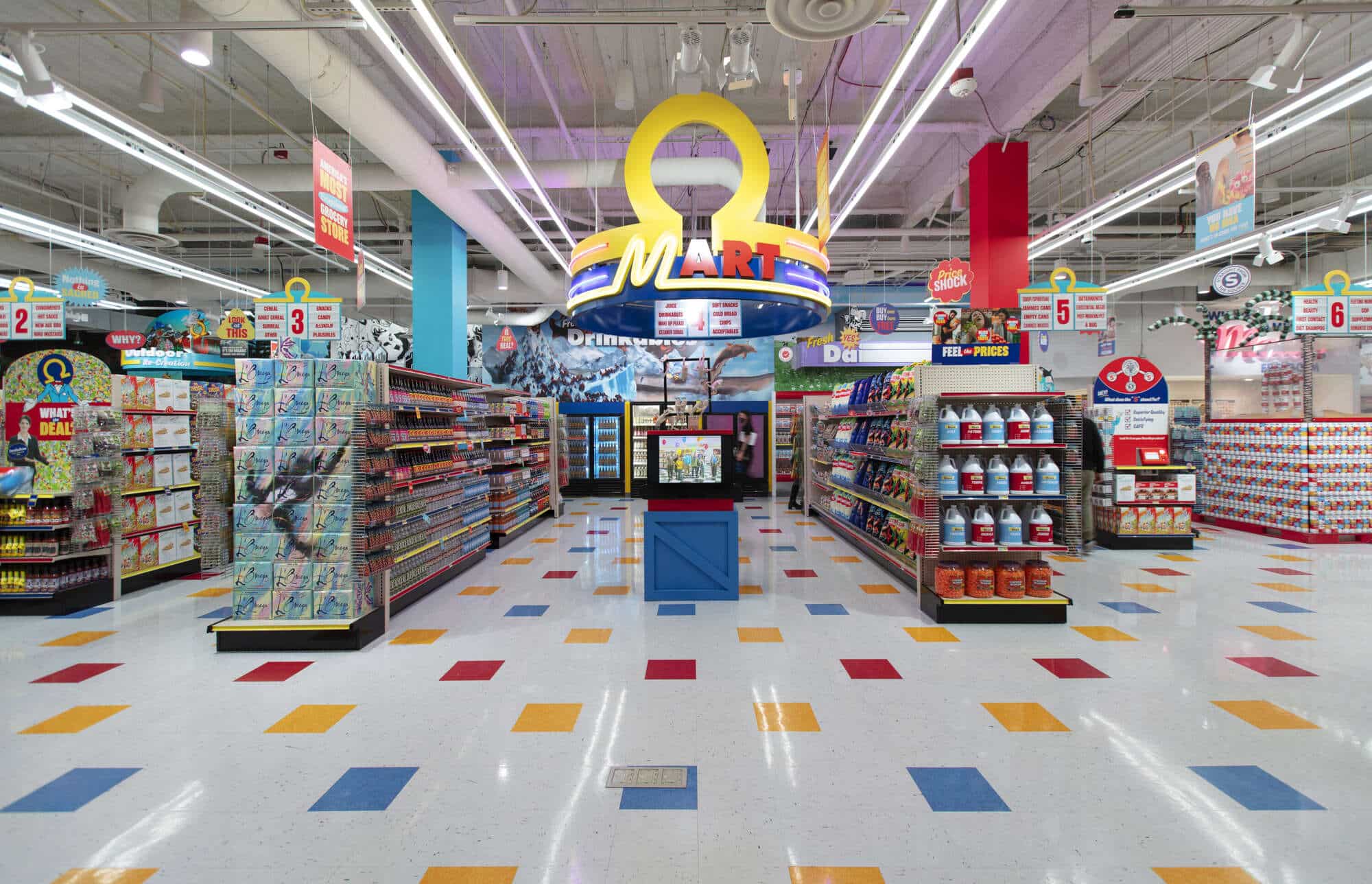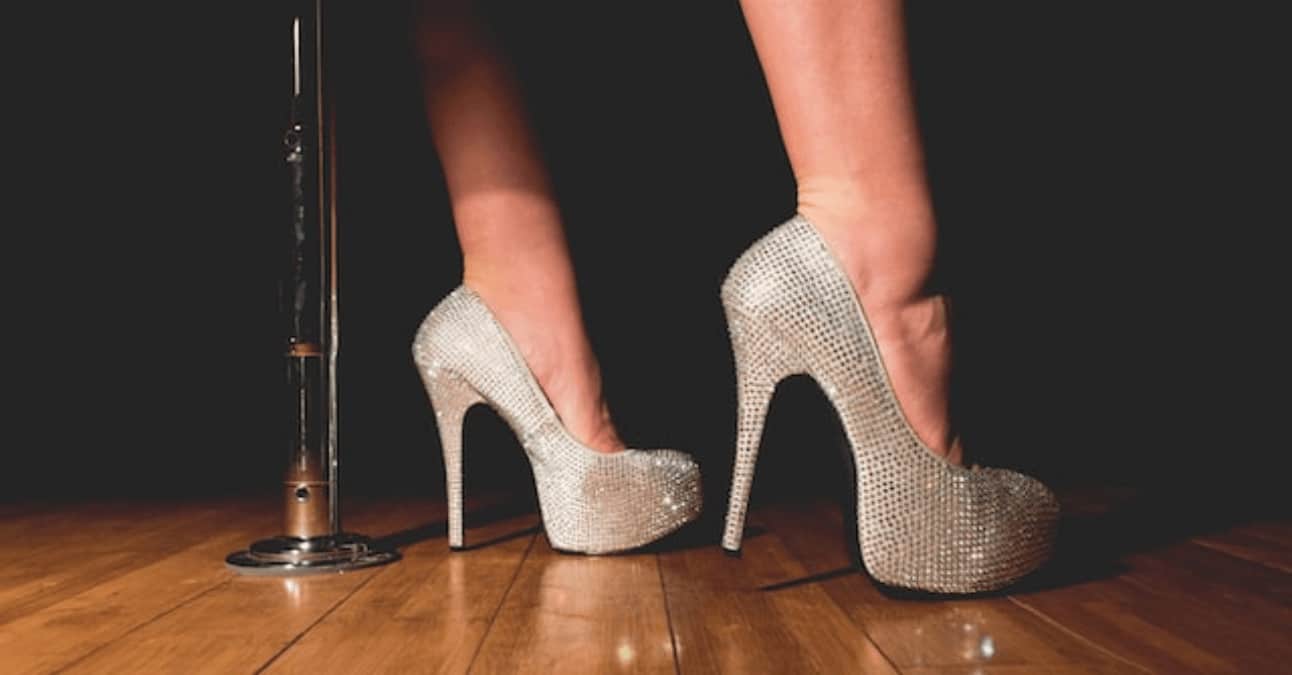You can take a trip down to the Las Vegas strip for a glimpse at new money, ever-changing buildings and history that’s being made right in front of your eyes. The city is both glowing and growing. But it wasn’t always that way.
Before the neon museum, visitors and casinos, there was a small patch of desert dirt located in Clark County that had yet to be developed. Main Street wasn’t bustling, the Rat Pack hadn’t changed the culture, and organized crime was still working itself out in places like Chicago and other east coast hubs.
But in a series of moves involving Mormon missionaries and mob leaders, a metropolis in the desert took shape, revolving around entertainment venues, corruption, carnality, and unimaginable sums of secret money. Much like New York and Paris hover over today’s Vegas, Old Las Vegas still lingers in the city if you know where to find it.
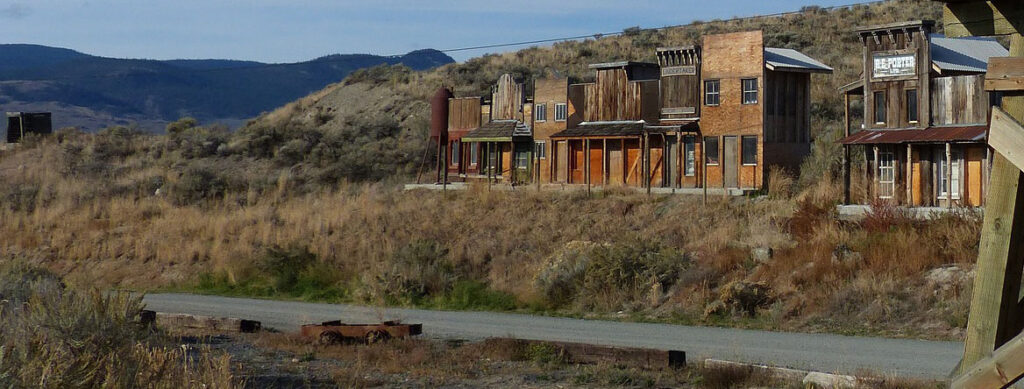
The First Residents Of Las Vegas
Petroglyphs found in the southern Nevada desert indicate that humans have had a presence in the area for well over 10,000 years. The first collective group known to inhabit the area are the Paiutes who first came in 700 AD, spending summers in the mountains and winters in Big Springs. But eventually, trade became prevalent in the area starting roughly around 1821.
The Original Vegas Trade Routes
Antonio Armijo first established a trade route between New Mexico and California, referring to the Las Vegas valley as “the meadows,” after its flatlands filled with grass. Long before the area was loaded with great restaurants, there was great cooperation. In 1844, when the land was still controlled by Mexico, a man named John C. Fremont scouted the area and set up a small fort preparing for a war that would eventually turn the territory into part of the U.S.
The Mormons Come To Vegas

In 1855, a group of Mormon missionaries left Utah and settled in the area with 29 other missionaries. They started to build houses, utilizing flood irrigation to water their crops. The vision was initially set in place by church leader Brigham Young. But as tensions grew over leadership, the Mormons returned to Utah, leaving behind a fort that can still be visited at Old Las Vegas Mormon Fort State Historic Park.
The Early Nevada Rail Roads
In 1902, land was purchased in the area to create a railroad that would carry goods and passengers from Utah to Las Vegas. A precursor to today’s monorail system, this way of linking neighboring areas would go on to be a staple of Vegas.
The Mormon population returned in 1895 after the announcement of the railroad, hoping to secure jobs and maintain their freedom. Irrigation was set up which created a water stop for wagon trains and railroads, allowing for the birth of a city, or two.
A Tale From Two Cities
Two cities developed after access to water, both of which happened to be named Las Vegas.
The first encompassed modern Main Street and Las Vegas Boulevard while the other west-side encompassed modern-day Bonanza Road.
By 1909, Las Vegas served as the foundation for Clark County, Nevada, and the city was incorporated in 1911. It grew until 1917 when economic factors and the outlawing of gambling resulted in Union Pacific Railroad taking over the town, eventually depleting resources and profit until around 1922.
Hot Dam

By 1930, President Herbert Hoover signed a bill to create the Boulder Dam, later named after Hoover. Families started to flock to Las Vegas, looking for work to help build the dam. By 1931, the population grew from 5,000 to roughly 25,000. Looking for a way to entertain themselves after a hard day’s work, casinos and showgirl theaters started to pop up around town and quickly the mob began to enter the city, selling workers a fantasy world where their wildest dreams could become a reality in the small desert oasis, as long as they continued to show up for work.
The Mob
With the re-legalization of gambling in Las Vegas in 1931, crime figures started to pop up in political positions and in real estate developments.
Fremont Street became the center of attention as the only paved road in town and the first to have a stop light.
Casinos started to pop up including: Lucky Strike, Hotel Apache, Boulder Club, Pioneer Club, Eldorado Club, Monte Carlo, the Las Vegas Club, the Mind and the Birdcage.
Along with hotels came theaters and other music venues that would inspire the Vegas music of today. When work on the dam was finally completed in 1936, hydroelectricity started to power flashing neon signs in the area now known as “Glitter Gulch.”
The Las Vegas Strip
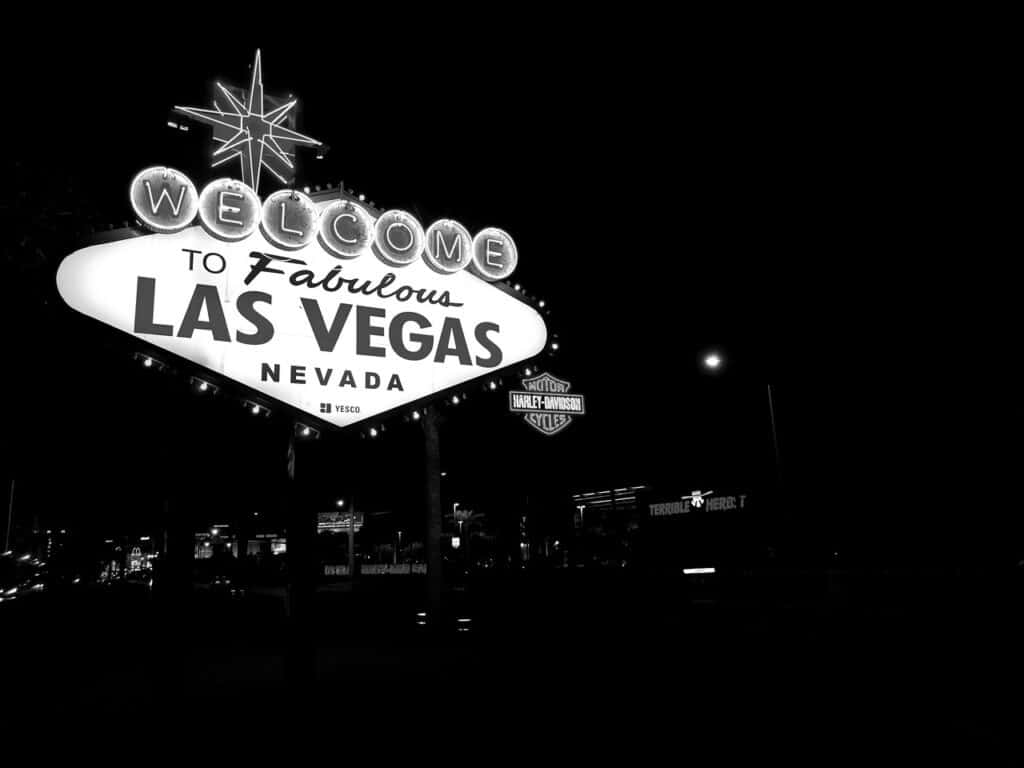
In 1941, resorts had started to open up and the section of the U.S. 91 highway became forever known as The Strip.
In an effort to funnel money into this new massive enterprise, Bugsy Siegel, who moved from New York to California, wanted in on the booming economic opportunities. He gathered a group of celebrities during his time in Hollywood, like Tony Curtis, Phil Silvers and Frank Sinatra, and in 1946, he started work on what would become The Flamingo Hotel, setting the standard for what Las Vegas would become. His gamble paid off.
Using money from his East Coast mob background combined with his pal Meyer Lansky’s Mexican drug money, the duo crafted the first major hotel and resort, The Flamingo, booking many of Siegel’s Hollywood friends for its opening. Although Siegel was murdered in 1947, the developments continued and from the 1950s through the 1960s, mobsters has built the Sahara, the Sands, the New Frontier and the Rivera, establishing Las Vegas’s reputation that continues today.
Bright Lights, Big City
With more amazing hotels, more casinos, and most importantly, more banks to wash the money coming in, tourists began to make the trek out to the desert to experience the anomaly. By 1954, roughly 8 million visitors were coming in each year to see Frank Sinatra, Elvis, the slot machines, and hotels, enjoying parks and property of a scale they had never before seen.
Military Presence
But as the tourists entered the city, the U.S. government had other plans for the desert hideout.
After World War II, the testing of bombs became a top priority to keep the Cold War cold, and Nevada became the ultimate testing ground.
The Bombs
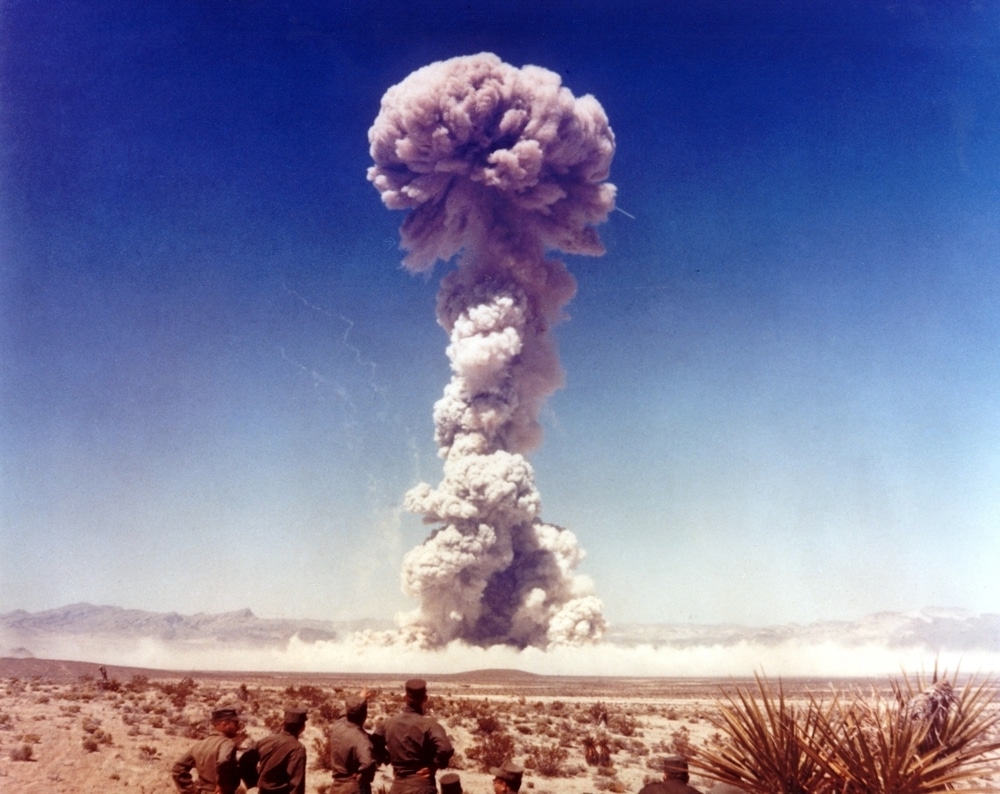
The first ever atomic bomb was detonated at the Nevada Test Site back in 1951 and from then on until 1963, hundreds of nuclear bombs were detonated above the ground, with visitors seeing the explosions from their windows. The city eventually earned the nickname the Atomic City and even several beauty pageants took place, electing a Miss Atomic each year.
With ties to the military, Howard Hughes entered Las Vegas in 1966 and never checked out. He started purchasing hotels and the elite mob leaders were quietly replaced with corporations and financial barons.
Megaresorts
Hughes spent roughly $300 million on hotels and casinos including the Desert Inn and started to form the path those other businessmen would follow in the years to come.
By 1989, casino developer Steve Wynn opened the Mirage, the first mega-resort in the city. The success of the project led to the demolition of old Las Vegas hotels and casinos, making way for massive complexes with endless halls of rooms and conceptual designs that echoed ancient history. Images of Egypt, Rome, Paris and Venice starting popping up around the city. Travelers could visit all the corners of the world in one convenient setting and more tourists started to flock in from around the world. By 2008, the city was welcoming nearly 40 million visitors annually.
The Past As Present
As a new culture of overabundance and excess took over the city, small landmarks started to resurface, giving modern visitors a glimpse into the past and history of old Las Vegas. A variety of sites are still accessible for guests to experience and get the feeling of traveling back in time. Take a tour of the Fremont Street Experience and see all the old sights that Las Vegas has managed to maintain including the Fabulous Las Vegas sign.
Old Haunts
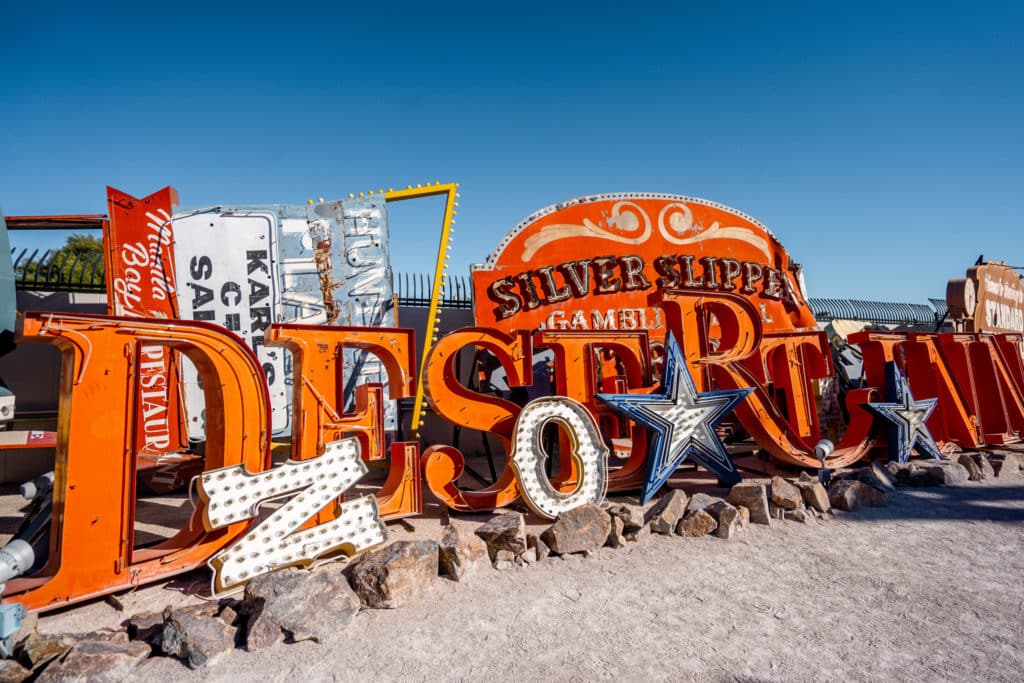
The Golden Gate Hotel and Casino is the city’s first and oldest casino. Originally known as the Hotel Nevada, the Golden Gate Hotel and Casino opened in January of 1906 and continues to operate today. The bar is aptly named Bar Prohibition, and guests can get a feel for the old Fremont Street.
Hotel Apache is still there today as well, having opened in 1932. The rumors persist that the hotel is haunted by ghosts from the past, and makes it an iconic destination for ghost hunters and lovers of the supernatural during their visits to Las Vegas.
The Neon Museum is one of the many great museums in Vegas and holds many original signs from the area as well, where guests can see old signs ranging from Binion’s Horseshoe to one of the original Golden Gate Hotel signs. There’s also modern elements to experience as well including signs from Hard Rock Cafe, the Rivera, Sahara and Stardust.
Next to the Golden Nugget in Las Vegas is the Vegas Vic, the T. J. Eckleburg of Fremont Street. The famous neon cowboy was first designed in 1947 and was erected in 1951 outside the Pioneer Club. His hand still waves as he welcomes visitors coming to Las Vegas.
Other highlights of the old Las Vegas that can still be seen include: the Old Mormon Fort, the top of Binion’s Steakhouse, Atomic Liquors, Battistas’s Hole in the Wall, Chicago Joe’s and the more modern Mob Museum, which highlights some of the infamous history of the city.
In 1995, the Fremont Street Experience began in Las Vegas. The five-block canopy features 24 million LED lights and 550,000 watts of sound, offering a modern glimpse into the city’s past. Every hour from dusk to midnight, guests can enjoy a visual light show throughout the block that merges the past with the future of Las Vegas entertainment.
Frequently Asked Questions About Old Las Vegas:
What old Las Vegas sites can I still visit?
The Fremont Street Experience offers some of the best sights of old Las Vegas with a modern take. There’s also the Old Mormon Fort, The Golden Gate Hotel and Casino and Atomic Liquor.
Who were the first people in Las Vegas?
The first known record of people in Las Vegas dates back to 10,000 years ago, but groups have flocked to Las Vegas ever since including the Paiutes, Spanish Merchants, the Mormons and eventually transplants from California, Utah and New Mexico.
What are the best classic Las Vegas restaurants to eat at?
There’s a variety of vintage and upscale restaurants in downtown Vegas and on the Strip to check out including the steakhouse at Circus Circus, the Golden Steer in downtown, Binion’s Steakhouse and Hugo’s Cellar at Four Queens.

